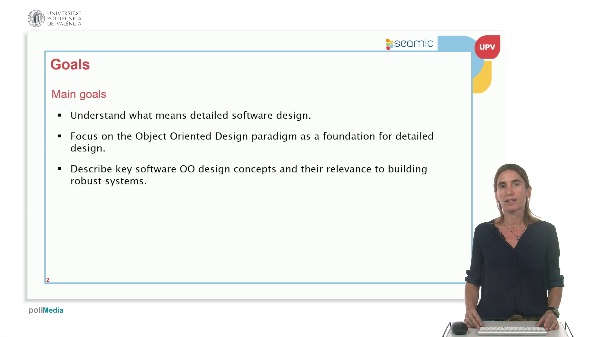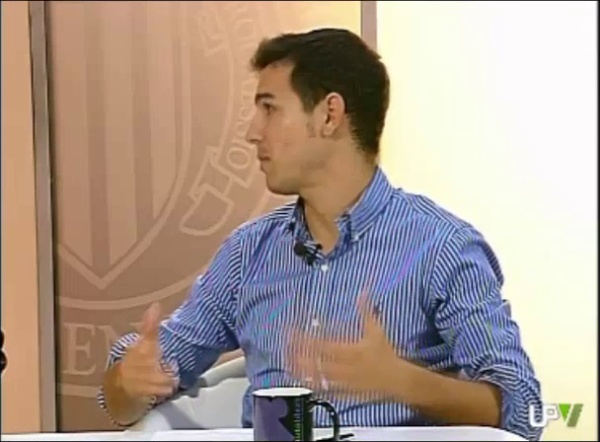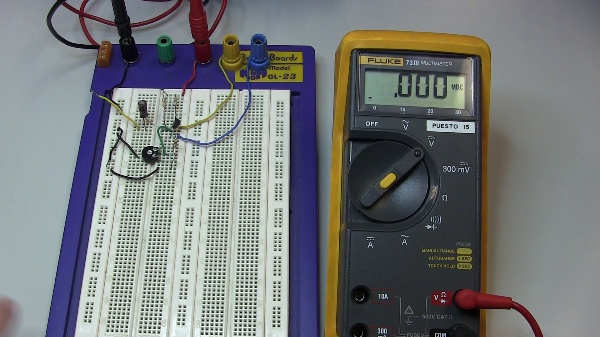The object-oriented paradigm
In this video the object-oriented paradigm is discussed, focusing on creating new objects and their internal workings. An object is an instance of a given type, storing values and containing operations, with three main characteristics: a unique identifier, a type that cannot be changed, and stored values. Objects are stored in variables, which contain a pointer to memory, and can be defined with properties or attributes, such as a square's color and size. Methods can also be defined for objects, like calculating the perimeter and area of a square. When creating new objects, constructors are used to give initial values, and the object is automatically assigned a position in memory. The garbage collector, a part of Python, frees up memory when objects are no longer needed, but uses CPU resources in the process.
7:10 · 2016















